Posts
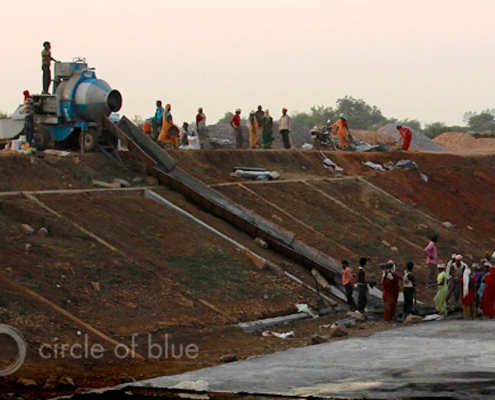
Breaking India’s Cycle of Waste and Risk
Small-scale projects offer solutions to India’s water, food, and energy choke points. Still, India's government seems determined to duplicate the frantic program of industrial development, economic growth, centralization, and one-size-fits-all silver bullets that China and the West are pursuing. The consequence is an endemic pattern of resource waste that is firmly embedded in India’s political system, causing economic and ecological havoc.
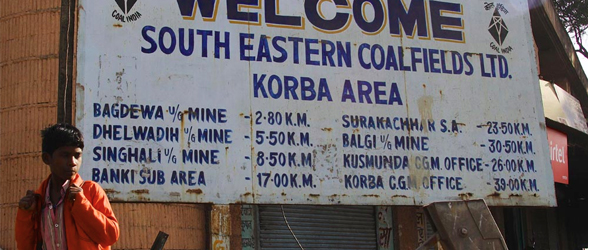
Mismanagement of Abundance: Constellation of Coal Mines Across India Not Enough to Prevent Blackouts
2 Comments
/
Despite the push for renewable energy alternatives to address water and climate concerns, India plans to keep coal as its primary source of electricity. But corruption, bureaucracy, slow environmental reviews, and inefficient transmission lines are hampering domestic production and causing unstable power supply.
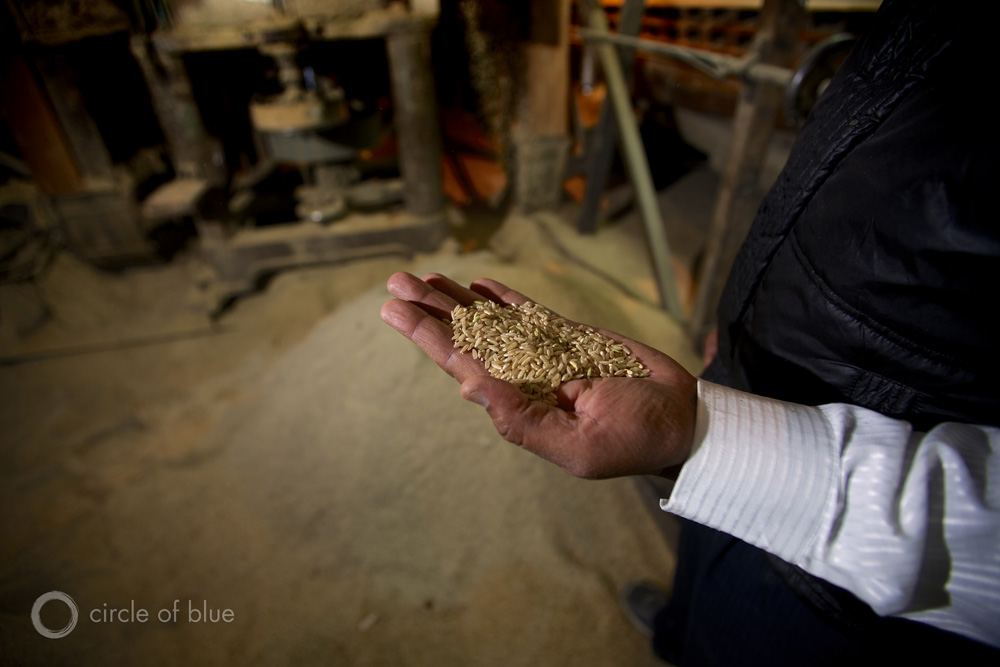
Haryana’s Food Processors
In an attempt to remove risk from the grain-producing economy, India guarantees that it will purchase at generous prices and mill at no cost to producers every kernel of wheat and almost every grain of rice that its farmers grow.
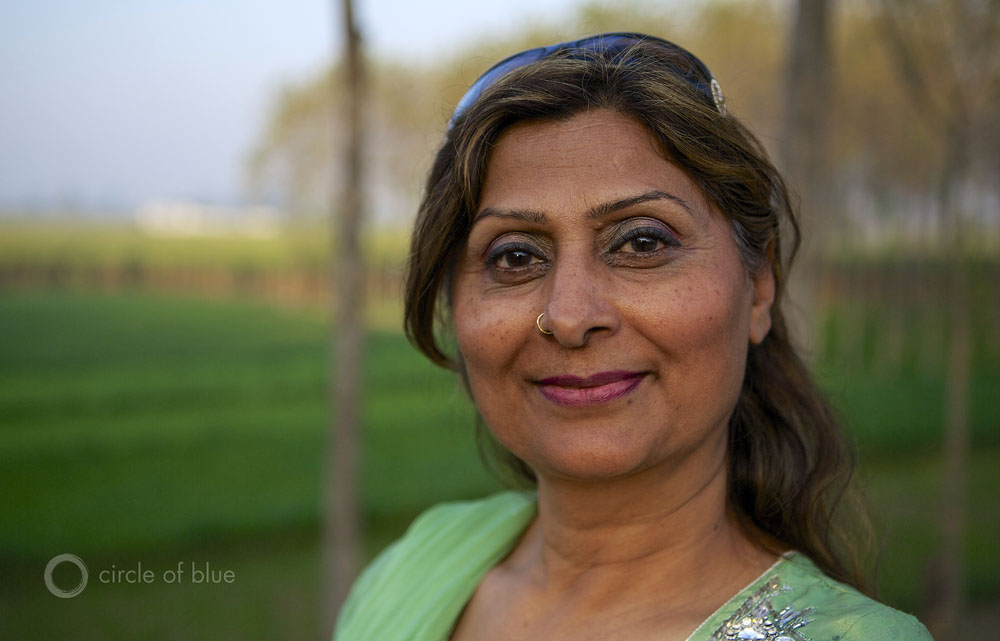
Punjab’s Food Producers
Before the Green Revolution of the mid-1960s, growers in northern India produced an elegant feast of native fruits, grains, and vegetables. By the 1980s, Punjab and Haryana states had together become the largest rice and wheat producers in India.
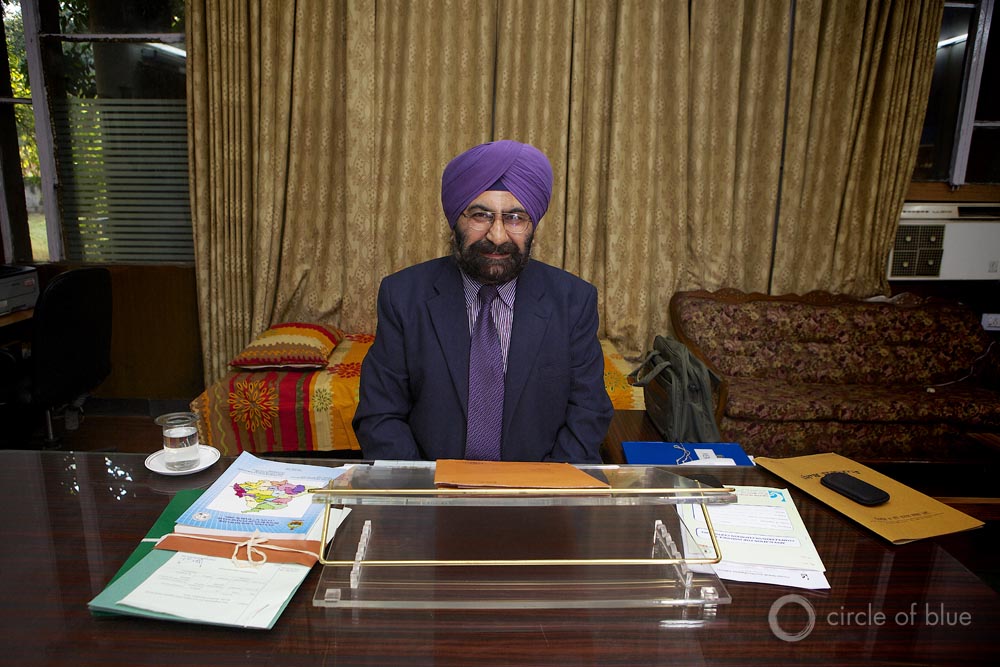
Chandigarh, Shared Capital of Punjab and Haryana
Home to 1 million, Chandigarh is considered the 'cleanest city' in India. It also has the highest per capita income, thanks in large part to the agricultural boom since the Green Revolution of the 1960s in both Punjab and Haryana states of northern India.
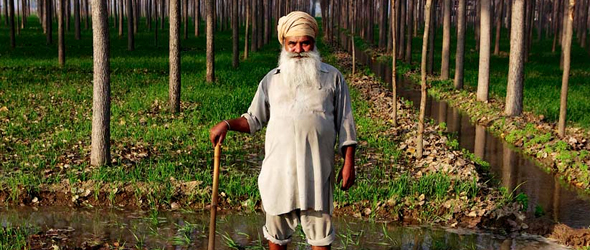
Scarcity in a Time of Surplus: Free Water and Energy Cause Food Waste and Power Shortage in India
Farm policies intended to remove risk from the grain-producing economy have pulled India from the perennial fear of famine. But inefficient bureaucracy and rampant corruption also promote the squandering of resources and a glut of food that is not reaching the poor.
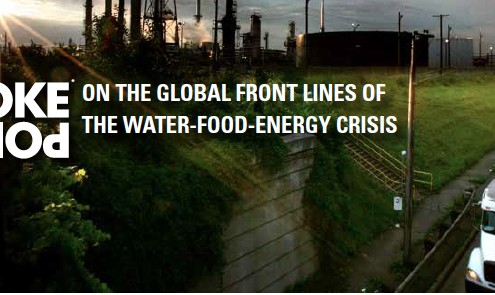
Behind the Scenes: Publishing the Global Choke Point eBook
Reporter Andrew Maddocks explains how a months-long labor of love came to digital fruition this week.
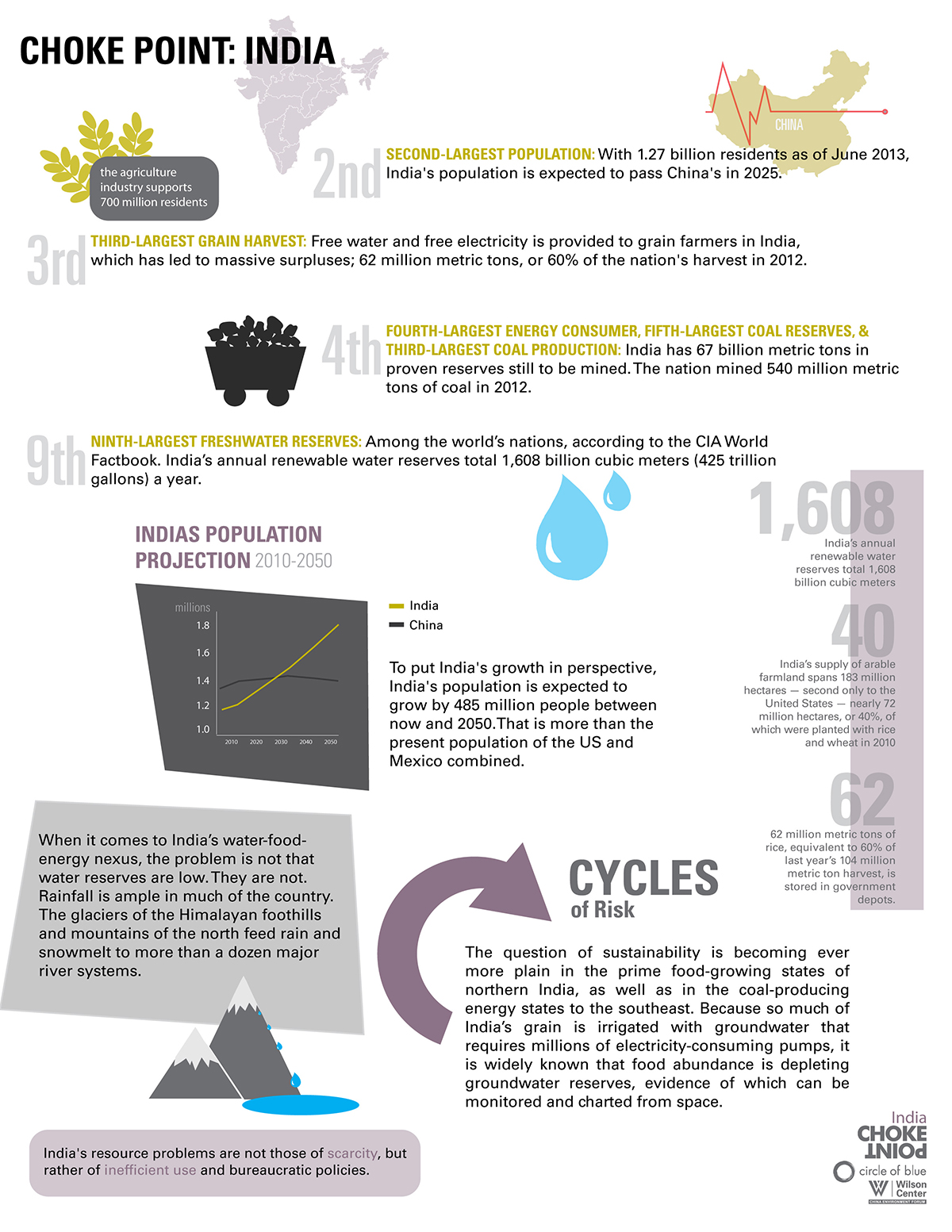
Infographic: Water, Food, and Energy Choke Points in India
India's resource problems are not those of scarcity, but rather of inefficient use and bureaucratic policies.

Video: India — A Nation Heading Towards a Water-Food-Energy Choke Point
After spending a month in India, Circle of Blue's India team members debrief their findings.
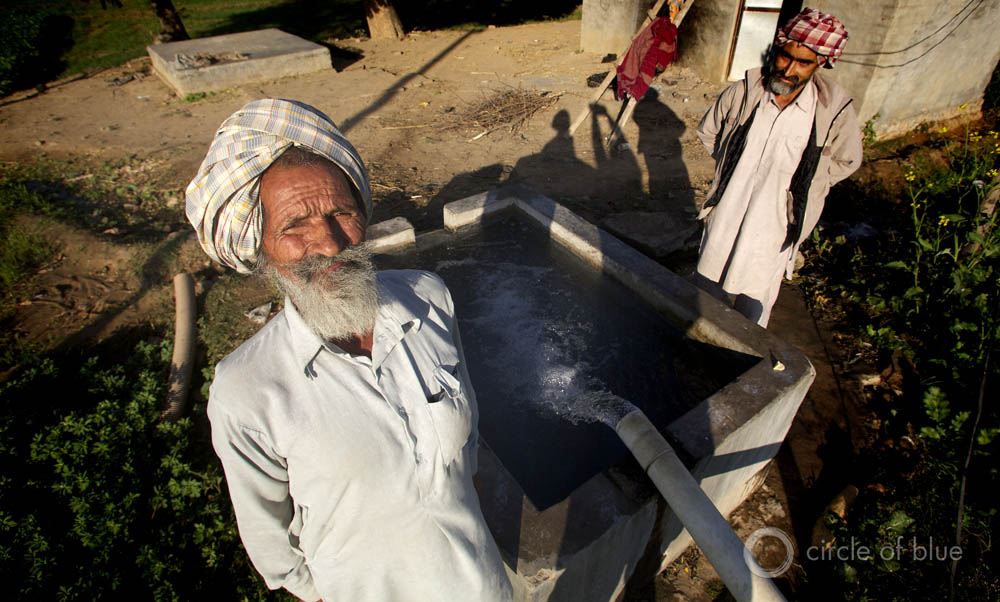
Choke Point: India — The Leopard in the Well
Thanks in large part to the Green Revolution that catalyzed grain production in the mid-1960s, India ended the perennial fear of famine. But achieving food abundance has overwhelmed India's mammoth and unwieldy bureaucracy, drained its freshwater reserves, and strained the energy sector and electrical grid.
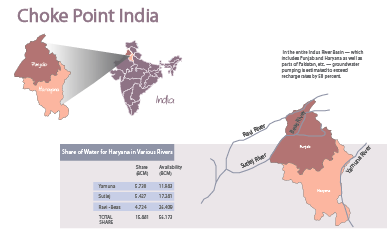
Designing Qatar and India
Circle of Blue design intern Laura Stegmeyer reflects on her first week.
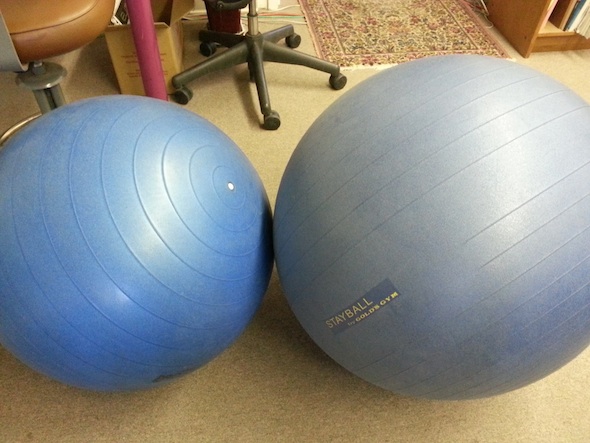
Bouncing on Circles of Blue
Circle of Blue intern Jinah Park summarizes the first three weeks of spring at the Traverse City office.


